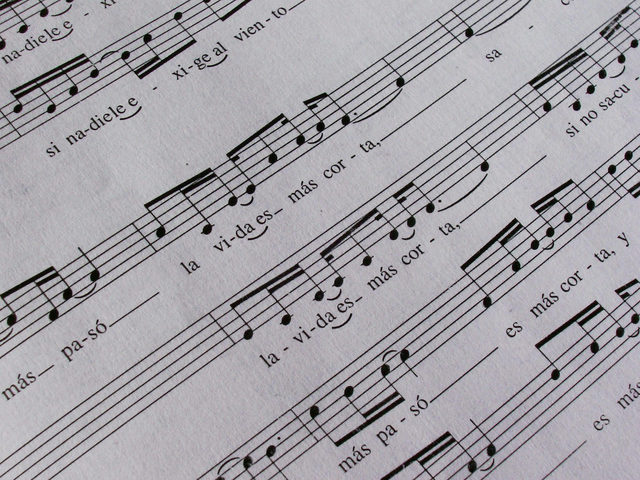Whether singing in a foreign language or in your native language, understanding the meaning of the words helps you sing the song with more authenticity. As we all know, your informed characterization is a part of the aesthetic value for you and your audience. Whenever you are preparing a song, take the time to translate the foreign language and prepare a program note that describes the context for song with information about the composer. If the song already has a translation, translate the piece anyway. Never assume it is correct or accurate!
Before using someone else’s program notes, translate the song line-by-line using an online translator. Though you can use your note-taking application, try writing out the words by hand on a sheet of paper. That tactile process will likely help you memorize your song better, too! Line-by-line is important, so you can see the translation in shorter segments. Too many lines selected at once may make it harder for you to know which translated word goes with the foreign language word. Here is an example:
De colores se visten los campos en la primavera
Of colors dress the fields in the spring
Obviously, a direct translation may not be easy to understand. Once you have completed yours, look for a professional translation or one by a native speaker. Try rephrasing the translation in your own language, too. Once again, this activity often helps you memorize the words better.
Regularly use your translation page singing the song with the lyrics only to test your memory.
Also, neatly write your translation in the score for better retention!






